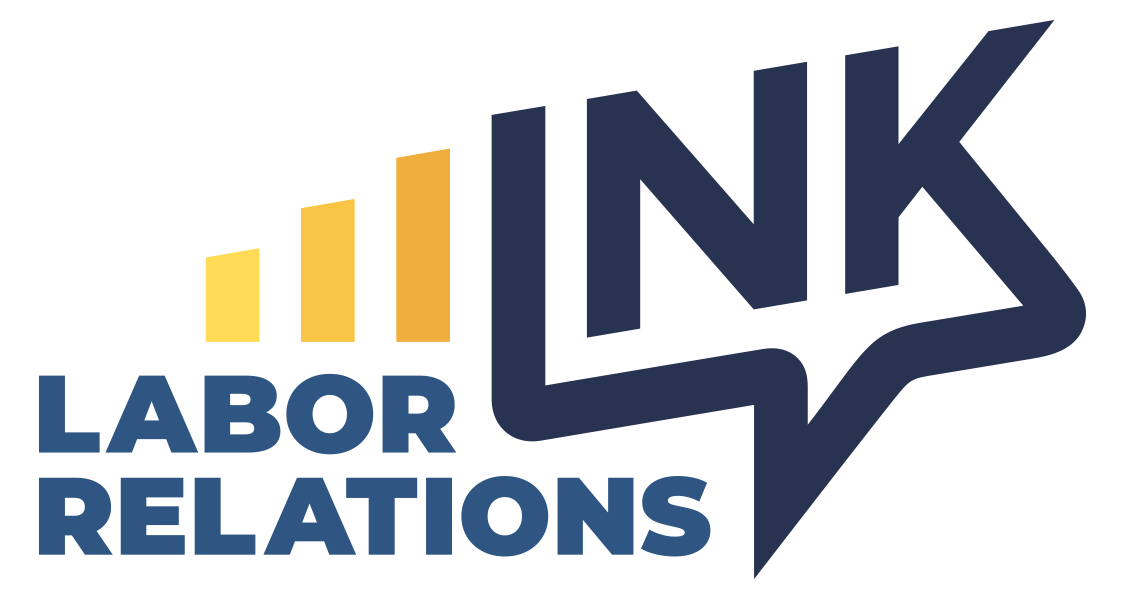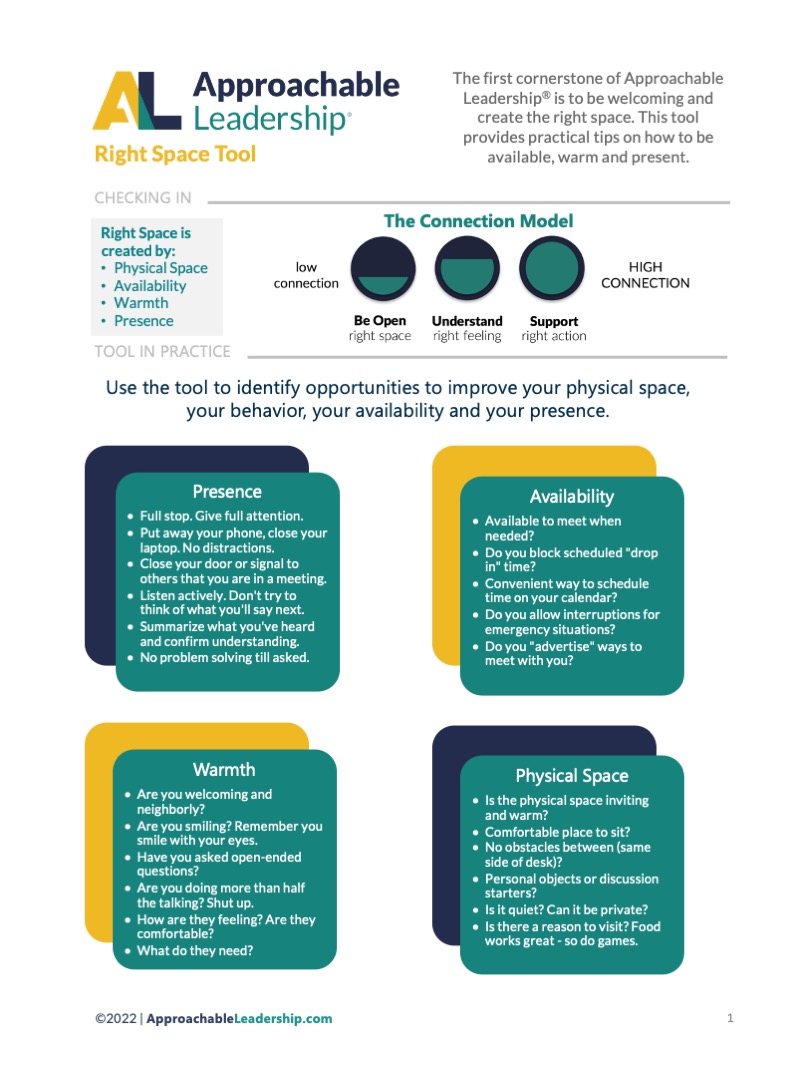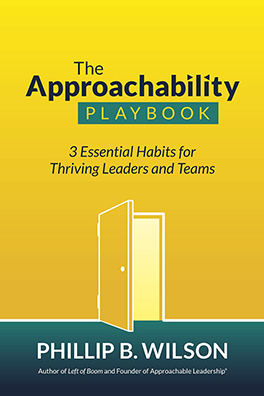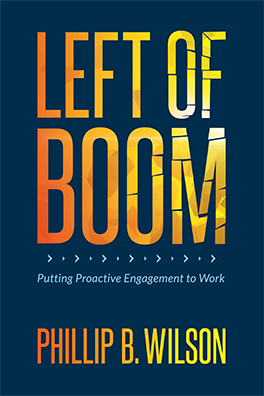There’s been an awakening. Have you felt it? The Dark side, and the Light.
Star Wars: The Force Awakens hits theaters this weekend in one of the most anticipated movie events of all time. I personally cannot wait. I don’t know about you, but I think this whole Star Wars thing just might catch on!
I’ll never forget going to the first Star Wars movie in 1977 (okay, technically it was the fourth Star Wars, but you know what I mean). My grandmother’s review: “It had a lot of Zoom, Zoom, Zoom!” But like any great story, Star Wars is a tale much bigger than the Zoom-Zoom. At its core it is a story about human nature. Our dark side and our light side.
As leaders we often must deal with these two aspects of our nature. Consider:
“All your relationships are both cooperative and competitive.”
Adam Galinsky, a Columbia business school professor, and Maurice Schweitzer, professor at Wharton, lay out this paradox in their recent book Friend & Foe: When to Cooperate, When to Compete, and How to Succeed at Both.
One of my favorite philosophers (okay, not technically a philosopher), Neil Young, said this:
“The same thing that makes you live can kill you in the end.”
These are two sides of the same perplexing coin of how to live a successful and fulfilling life. In each of us there is dark and light.
Humans are naturally competitive. It’s built into our DNA and a big key to the survival of our species. It motivates us and drives personal and professional improvement. However, it is also the source of envy and other negative emotions like taking pleasure in someone else’s pain or misfortune. You know the feeling. Something bad happens to a competitor and you’re happy, Or something good happens to a coworker, a friend. or a family member You’re happy of course, but you also feel a twinge of resentment.
Our best selves regret these reactions, but they are part of our nature. As leaders we need to understand our competitive nature. In many cases this competitiveness is an important part of winning at work, but like Neil Young says, you can get too much of a good thing. If competition becomes the driving force among a group it can destroy a culture. (See, Vader, Darth).
The good news is that there is another, equally important trait in humans: cooperation. Once again, this is a vital trait for humans and also hard-wired into our DNA.Cooperation is the “yang” to the competitive “yin” in our nature, but again you can get too much of a good thing. Like competition, there is also a dark side to cooperation. Prioritizing cooperation over everything else leads to groupthink, harmful decisions, and lack of authenticity, (See Binks, Jar Jar).
Galinsky and Schweitzer teach us to embrace both sides of our nature. We need to know when to compete and when to cooperate. They offer some great practical advice to leaders about how to create an environment that balances cooperation with competition. Not surprisingly, the suggestions are very approachable.
“People who inspire the most trust are those who exhibit two distinct traits: warmth and competence.”
Fear is a big reason people experience the negative emotions associated with the “dark side” of competition and cooperation. This fear is often caused by a power-distance gap between a leader and those they lead. A leader must therefore build trust by shrinking that gap. Most leaders are normally pretty strong in the competence area. Warmth, on the other hand, is a struggle for many. One bit of advice from the professors: “Screw up a little.” People are more approachable when they don’t seem perfect. (See Solo, Han).
“Just asking people, ‘Is this a good time to talk?’ [increases] compliance with requests.”
This is a big one. As leaders, we have a lot on our plates. But so do our employees. Do your best not to act like all you should have to do is point your finger and say, “Go here;” “Do this;” “Make that.” (See Palpatine, Emperor). Show consideration for others. If you aren’t a Jedi Master (wait a minute, those were the droids I’m looking for) then try the “magic” words: Hello, Please and Thank You.
“Asking for advice is a particularly effective mechanism to get other people to take your perspective as well.”
Asking employees for their advice shows that you value and respect their point of view. Think about change efforts or times when you’ve made a decision your employees didn’t agree with and showed it. Most of the time, their lack of enthusiasm or unwillingness to comply has more to do with perspective (yours and their’s) than anything else. Invite them into the conversation and get their ideas. Not only does this give your employees a better perspective, it often forces you to confront situations you hadn’t anticipated. In the end you will end up with a more workable solution. Even if your plan isn’t perfect, your employees are much more likely to course correct and try to make something work if they are a part of the decision. Sometimes, people just need to be acknowledged.
None of this is easy. Like Luke and Anakin Skywalker, we each struggle sometimes with our light and dark nature. We must compete and cooperate. We must balance the two against each other, and not rely too much on either. It’s hard. But if it were easy they wouldn’t write epic stories about it. So be approachable, and may the force be with you!






